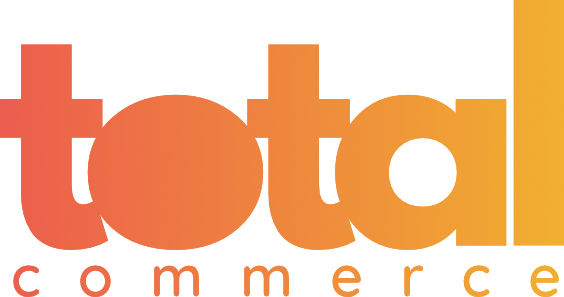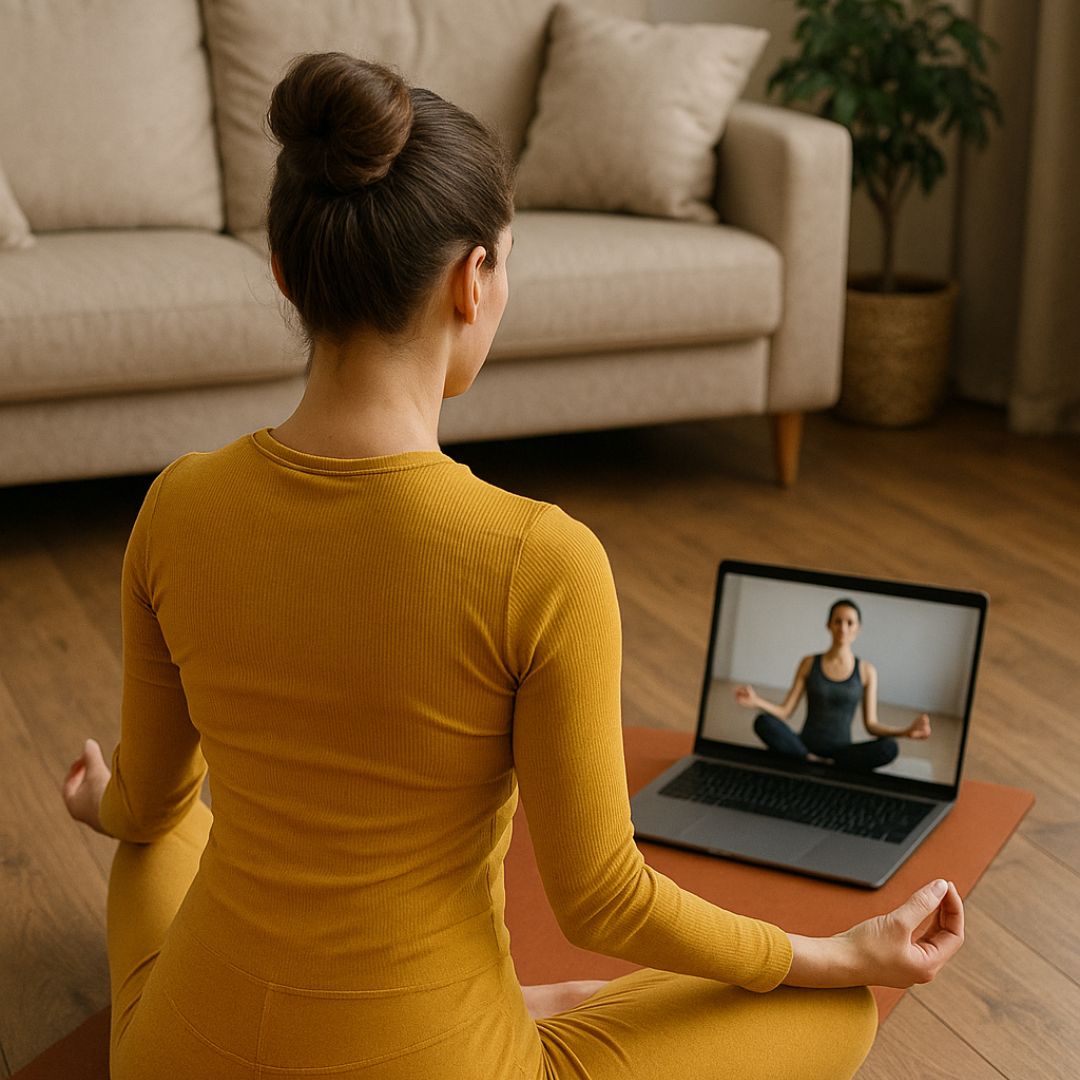Improving ecommerce performance isn’t just about sleek design or trendy branding, it’s about speed, stability, and user trust. Google’s Core Web Vitals (CWV) have become the gold standard for measuring how users experience your site. Among them, three metrics stand out for ecommerce brands, especially Shopify stores:
- Cumulative Layout Shift (CLS)
- Largest Contentful Paint (LCP)
- Time to First Byte (TTFB)
This deep-dive explains what they are, why they matter, and practical steps to fix them without sacrificing your brand’s user experience.
1. Cumulative Layout Shift (CLS) – Visual Stability
What it measures:
CLS tracks how much visible content unexpectedly moves while a page is loading. Think of that moment when you’re about to click “Add to Cart” and suddenly the button shifts because an image or banner loaded late.
Why it matters:
- Creates frustration and broken trust with customers.
- Higher bounce rates from accidental clicks.
- Negative impact on Google rankings (CLS is part of Page Experience signals).
SEO implications:
Because CLS is one of Google’s Core Web Vitals, it directly affects how both users and search crawlers perceive your site. This creates an interesting balancing act: you need to build pages that feel stable for human visitors while also being structured cleanly for Google’s automated systems.
If your layout shifts unexpectedly, users lose trust, and crawlers may interpret it as poor quality or disorganized content, pushing your rankings down. Mastering CLS means designing with two audiences in mind: the people shopping on your site and the algorithms deciding if those people will ever see it.
eCommerce causes of poor CLS:
- Late-loading images without defined dimensions.
- Dynamic ads or promotional banners injected mid-load.
- Fonts swapping after initial paint.
How to improve CLS on Shopify:
- Always set explicit width and height for images.
- Use aspect-ratio boxes or CSS min-height for hero banners and carousels.
- Preload custom fonts to avoid “flash of unstyled text.”
- Avoid injecting pop-ups before the layout is stable.
2. Largest Contentful Paint (LCP) – Loading Performance
What it measures:
LCP records how long it takes for the largest piece of visible content (often a hero image, video, or main heading) to load and render on screen.
Why it matters:
- Directly tied to perceived load speed. Customers equate it with “how fast the site feels.”
- Strong ranking factor in Google’s search algorithm.
- Delays in LCP often lead to drop-offs before users even engage.
eCommerce causes of poor LCP:
- Oversized hero images or background videos.
- Render-blocking JavaScript and CSS.
- Third-party apps slowing down above-the-fold rendering.
How to improve LCP on Shopify:
- Serve hero media in next-gen formats (WebP, AVIF).
- Compress and resize assets to the exact dimensions needed.
- Minify CSS/JS and defer non-critical scripts.
- Use lazy loading strategically, but always preload LCP elements.
3. Time to First Byte (TTFB) – Server Responsiveness
What it measures:
TTFB measures how long it takes for a browser to receive the first byte of data from your server after making a request. In other words, it’s the lag between clicking a link and the page starting to load.
Why it matters:
- A slow TTFB directly delays LCP.
- Signals weak infrastructure or bottlenecks to Googlebot, which may hurt crawlability.
- Impacts customer trust. Slow responses can feel like a broken site.
eCommerce causes of poor TTFB (Shopify focus):
- Unoptimized servers and reliance on Shopify’s shared infrastructure.
- Bloated Liquid templates requiring excessive server-side rendering.
- Heavy or redundant third-party apps making synchronous calls.
How to improve TTFB:
- Use a fast CDN (content delivery network) to reduce physical distance to users.
- Audit and minimize server-side logic in Liquid.
- Render fewer things. Fewer sections/snippets, fewer loops, fewer queries.
- Remove or replace bloated third-party scripts.
- Explore edge caching solutions for high-traffic stores.
The hidden dangers of CDNs:
While CDNs can dramatically improve TTFB, they aren’t a silver bullet. Over-reliance on them may:
- Mask underlying infrastructure inefficiencies rather than fixing them.
- Introduce caching inconsistencies, where users see outdated content.
- Add complexity in debugging errors, especially with dynamic ecommerce content.
A balanced approach works best: use CDNs for static assets and caching, but still invest in streamlining your backend, server logic, and Shopify app ecosystem.
Why Core Web Vitals Should Be a Priority
For ecommerce brands, Core Web Vitals are more than technical metrics. They directly impact:
- SEO rankings: Google rewards fast, stable sites.
- Conversion rates: Faster, smoother shopping experiences reduce abandonment.
- Brand trust: A polished, professional site experience reinforces credibility.
By addressing CLS, LCP, and TTFB together, you’re not just optimizing for search engines. You’re building an ecommerce experience that keeps customers engaged and ready to buy.
Takeaway for eCommerce Teams:
Start with a performance audit, identify your LCP element, track CLS shifts, and benchmark TTFB. Then create a cycle of optimization: compress, preload, cache, and audit scripts regularly. The result is a site that feels fast, stable, and trustworthy, exactly what both Google and your customers want.




